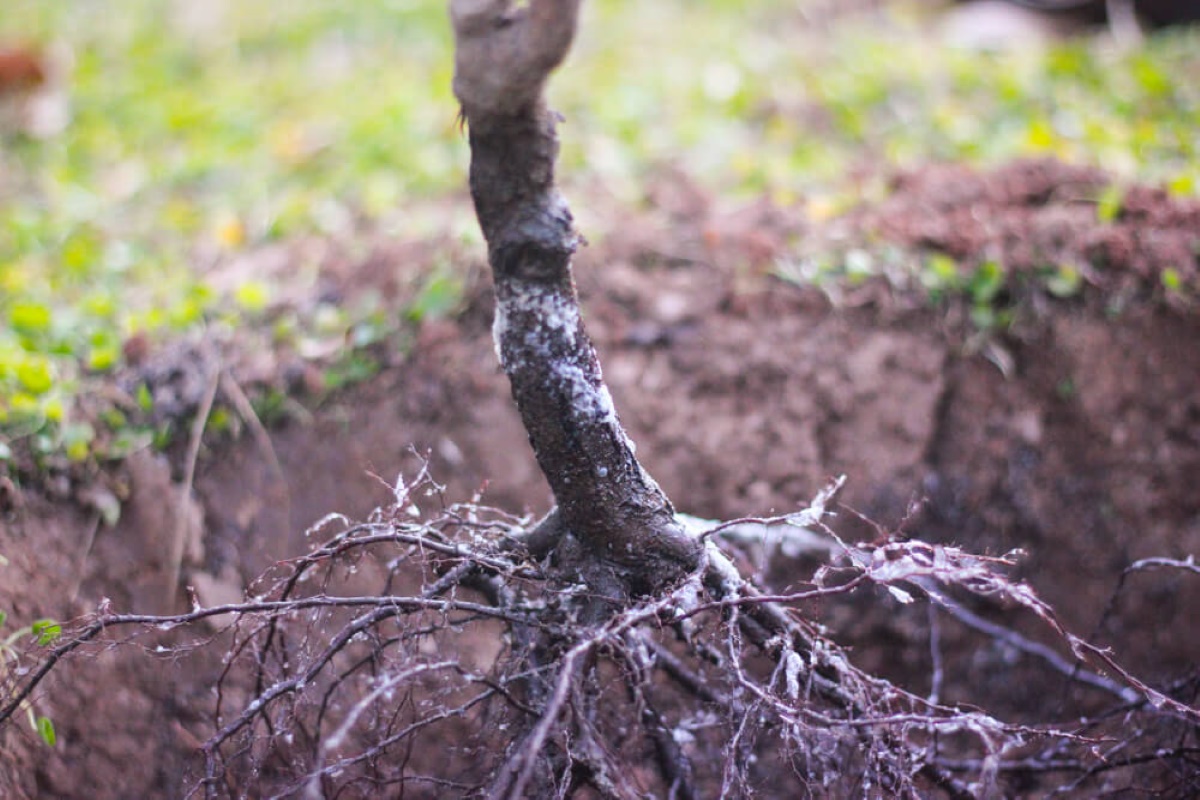

Articles
How To Store Bare Root Trees
Modified: December 7, 2023
Learn the best techniques for storing bare root trees in this comprehensive articles. Ensure the health and vitality of your trees for successful transplantation.
(Many of the links in this article redirect to a specific reviewed product. Your purchase of these products through affiliate links helps to generate commission for Storables.com, at no extra cost. Learn more)
Introduction
Welcome to our guide on how to store bare root trees. If you’re a gardening enthusiast or an avid tree lover, you may find yourself purchasing bare root trees for planting in your garden. Bare root trees offer several advantages over potted or container-grown trees, such as affordability, ease of transportation, and a higher success rate for establishment. However, if you aren’t planning to plant the bare root trees immediately, proper storage is crucial to ensure their survival and vitality.
In this article, we will walk you through the process of storing bare root trees effectively. From choosing the right storage location to monitoring temperature and humidity, we will cover all the necessary steps to keep your bare root trees healthy and ready for planting when the time is right.
Before we dive into the details, let’s briefly discuss what exactly bare root trees are and why it’s essential to store them properly.
Key Takeaways:
- Proper storage of bare root trees is crucial for their survival and successful planting. Choose the right location, monitor temperature and humidity, and inspect for pests and diseases to ensure the trees remain healthy and ready for planting.
- Handling bare root trees with care, providing proper insulation, and monitoring moisture levels are key to successful storage. Regular inspections for pests and diseases, along with proper labeling and documentation, contribute to the trees’ long-term health and vitality.
Read more: How To Store Bare Root Strawberries
What are Bare Root Trees?
Bare root trees are trees that have been harvested and sold without any soil around their roots. Unlike potted or container-grown trees, bare root trees are dug up from the ground while they are dormant, typically during late winter or early spring. The soil is then gently removed from the roots, leaving them exposed.
One of the main advantages of bare root trees is their affordability. Since there is no need for a container or additional soil, bare root trees are often more cost-effective than their potted counterparts. Additionally, bare root trees are much easier to transport and handle due to their lighter weight and reduced size.
Despite their exposed root system, bare root trees have a higher success rate for establishment compared to potted trees. This is because they can be planted directly into the ground, allowing the roots to spread and establish a strong root system without any restrictions caused by pots.
Bare root trees come in a wide variety of species, including fruit trees, ornamental trees, and shade trees. Whether you’re looking to grow delicious apples, create a beautiful flower display, or provide shade in your backyard, there is a bare root tree available to suit your needs.
Before you can plant your bare root trees, it’s crucial to store them properly to ensure their survival and health. In the following sections, we will guide you through the process of choosing the right storage location, preparing the storage area, and monitoring the temperature and humidity to maintain optimal conditions for your bare root trees.
Why Store Bare Root Trees?
You may wonder why it’s necessary to store bare root trees if they are ready to be planted directly into the ground. While it’s true that bare root trees should ideally be planted as soon as possible, there are several valid reasons why you may need to store them for a short period of time:
- Weather conditions: Sometimes, the weather may not be suitable for planting bare root trees immediately after purchase. Frosty or extremely wet ground can make it difficult to dig proper planting holes and may negatively impact the success of tree establishment. In such cases, storing the bare root trees temporarily can ensure that they stay healthy until the weather improves.
- Planning and preparation: You might want to take some time to plan and prepare your garden before planting the bare root trees. This can involve clearing the planting area, amending the soil, and arranging the desired layout. Storing the bare root trees gives you the flexibility to complete these tasks at your own pace.
- Timing: Depending on the type of bare root trees you have, it may be necessary to store them until the ideal planting season arrives. Different species have different planting requirements and thrive best when planted during specific months. By storing the bare root trees, you can ensure that you plant them at the most favorable time for their long-term growth.
- Transplanting: If you have received bare root trees as a gift or have relocated them from another garden, you might need to store them temporarily until you are ready to transplant them into their permanent location. Storing the trees appropriately during this period will help maintain their health and vitality.
Regardless of the specific reason, proper storage of bare root trees is essential to prevent them from drying out, wilting, or becoming susceptible to pests and diseases. By following the guidelines outlined in this article, you can provide the optimum conditions needed to keep your bare root trees in good health until you are ready to plant them.
Choosing the Right Storage Location
When it comes to storing bare root trees, choosing the right location is crucial for their well-being. Here are some factors to consider when selecting a storage area:
- Temperature: The storage location should be cool but above freezing temperatures. Ideally, the temperature should range between 32°F (0°C) and 45°F (7°C). Avoid areas that are exposed to extreme cold or heat, as this can be detrimental to the health of the bare root trees.
- Light: Bare root trees are dormant and do not require light during storage. In fact, exposing them to sunlight can cause premature growth, which is undesirable. Choose a storage location that is dark or provides minimal light exposure to prevent any unwanted growth.
- Air circulation: Good air circulation is important to prevent the buildup of moisture around the bare root trees. Choose a storage area that has adequate ventilation to allow for proper airflow and reduce the risk of fungal or bacterial growth.
- Humidity: The storage location should have moderate humidity levels. Avoid areas that are excessively humid or prone to moisture buildup, as this can lead to rot or mold formation. If necessary, you can use a dehumidifier to control the humidity in the storage area.
- Pest control: Ensure that the storage location is free from pests, such as rodents or insects, that can cause damage to the bare root trees. Regularly inspect the area and take necessary measures, such as sealing any entry points, to prevent pest infestations.
- Accessibility: Choose a storage location that is easily accessible so that you can check on the condition of the bare root trees periodically. This will allow you to monitor their health and address any issues in a timely manner.
Some potential storage locations to consider include a garage, basement, root cellar, or a cool and dark corner of a shed. Make sure to evaluate the specific conditions of each area before finalizing the storage location for your bare root trees. Remember, providing the right environment is essential to maintain their viability and ensure successful planting when the time comes.
Preparing the Storage Area
Once you have chosen the right storage location for your bare root trees, it’s important to prepare the area to create an optimal environment for their storage. Follow these steps to set up the storage area:
- Clean the space: Before bringing in the bare root trees, make sure to clean and remove any dust, dirt, or debris from the storage area. This will help maintain a clean and hygienic environment for the trees.
- Organize the space: Arrange the storage area in a way that allows you to easily access and monitor the bare root trees. Consider using shelves, racks, or containers to keep the trees organized and prevent them from getting damaged or tangled.
- Provide insulation: Insulate the storage area if necessary to maintain a stable temperature. If the storage location is prone to temperature fluctuations, you can use insulation materials such as foam boards or bubble wrap to help regulate the temperature and protect the trees.
- Protect from direct contact: Make sure that the bare root trees do not come into direct contact with the storage area floor or walls. Place them on wooden pallets, racks, or shelves to prevent any potential damage and to promote airflow around the roots.
- Labeling: It’s a good practice to label each bare root tree according to its species and variety. This will help you keep track of the trees and ensure that you can easily find the desired tree when you’re ready to plant them.
- Keep away from potential hazards: Ensure that the storage area is free from any potential hazards that could harm the bare root trees. For example, keep them away from chemicals, sharp objects, or excessive moisture that could negatively impact their health.
By taking the time to properly prepare the storage area, you create a safe and organized space for your bare root trees. This will not only protect the trees from damage but also make it easier for you to monitor their condition and provide the necessary care during the storage period.
Read more: How To Store Bare Root Hostas
Inspecting Bare Root Trees
Before storing your bare root trees, it’s essential to inspect them carefully to ensure their health and identify any potential issues. Follow these steps to inspect your bare root trees:
- Check the roots: Examine the roots of each bare root tree to ensure they are moist and not dried out. Healthy roots should be firm and have a whitish or creamy color. Avoid trees with roots that appear shriveled, discolored, or damaged.
- Inspect the trunk and branches: Look for any signs of damage or disease on the trunk and branches of the bare root trees. Check for cracks, splits, or wounds that could indicate poor health or vulnerability to pests and diseases.
- Assess the overall condition: Evaluate the overall appearance of the bare root trees. They should have well-formed buds and a healthy, vigorous appearance. Avoid trees that appear weak, withered, or have signs of insect infestation.
- Check for mold or fungal growth: Examine the roots, trunk, and branches for any signs of mold or fungal growth. These can indicate poor storage conditions or disease, and it’s best to avoid trees with such symptoms.
- Look for pest damage: Check for any signs of insect or pest damage on the bare root trees. This can include chewed leaves, holes in the trunk or branches, or evidence of insect activity like webs or eggs. Avoid trees with extensive pest damage.
- Inspect the graft union: If your bare root tree is a grafted variety, carefully inspect the graft union to ensure it is well-healed and secure. Look for any signs of separation or weakness in the graft union, as this could impact the tree’s long-term growth and stability.
- Document any issues: Take note of any problems or concerns you find during the inspection. This documentation will help you keep track of each tree’s condition and make informed decisions about their care and future planting.
By thoroughly inspecting your bare root trees before storage, you can identify any potential issues early on and take appropriate measures to address them. This will help ensure that only healthy and viable trees are stored, increasing their chances of successful establishment when it’s time to plant them.
Cleaning and Trimming Bare Root Trees
Before storing your bare root trees, it’s important to give them a thorough cleaning and, if necessary, perform any required trimming. Follow these steps to properly clean and trim your bare root trees:
- Remove excess soil: Gently shake off any loose soil or debris from the roots of the bare root trees. Be careful not to damage the roots in the process.
- Inspect the roots: Examine the roots closely and carefully remove any tangled or circling roots. These can hinder healthy growth when the trees are eventually planted. Use clean and sharp pruning shears to make clean cuts, ensuring that the roots are not damaged further.
- Trim broken or damaged branches: If there are any broken, damaged, or diseased branches on the bare root trees, trim them back to healthy, viable wood. Make sure to use clean and sharp pruning tools to make clean cuts, reducing the risk of further damage or disease spread.
- Remove suckers and watersprouts: If you notice any suckers (shoots arising from the root system) or watersprouts (vigorous vertical shoots) on the bare root trees, carefully remove them. These can divert the tree’s energy away from its main growth and should be pruned off close to the trunk or branch collar.
- Thin out crowded branches: If the bare root trees have multiple branches that are crossing or rubbing against each other, consider thinning them out. Prune away the excess branches to improve airflow and promote healthier growth.
- Disinfect your pruning tools: To prevent the spread of diseases, it’s crucial to disinfect your pruning tools before and after trimming. Use a solution of 70% rubbing alcohol or a mixture of 1 part bleach to 9 parts water to clean the blades. This helps minimize the risk of introducing pathogens to the bare root trees.
By cleaning and trimming your bare root trees before storage, you remove any potentially detrimental elements and promote healthy growth. Remember to handle the trees with care during the cleaning and trimming process to avoid causing unnecessary damage. Once the trees are cleaned and trimmed, they are ready to be stored following the appropriate storage guidelines.
When storing bare root trees, keep the roots moist and cool to prevent them from drying out. Store them in a cool, dark place and make sure to plant them as soon as possible for best results.
Properly Storing Bare Root Trees
Storing bare root trees properly is essential to maintain their viability and health during the storage period. Follow these guidelines to ensure your bare root trees are stored correctly:
- Wrap the roots: Prior to storage, wrap the bare roots of each tree in moist burlap or damp newspaper. This helps retain moisture and prevent the roots from drying out.
- Place in containers: If you have multiple bare root trees, consider placing them in individual containers to prevent roots from intertwining. Use pots or buckets filled with damp sand, wood shavings, or moistened peat moss to hold the trees securely.
- Store upright: Position the containers or individual bare root trees in an upright manner to mimic their natural growth habit. This helps maintain the proper alignment of the trunk and branches during storage.
- Insulate the roots: To provide insulation and further protect the roots, you can cover the containers or wrap the bare root trees with burlap or a breathable material. This helps regulate temperature and prevents the roots from exposure to extreme cold or heat.
- Monitor temperature and humidity: Regularly check the temperature and humidity levels in the storage area to ensure they remain within the recommended range. Use a thermometer and hygrometer to track these factors and make any necessary adjustments as needed.
- Periodically check moisture: Check the moisture level of the storage medium (such as sand or wood shavings) to ensure it remains damp but not excessively wet. Add water when needed to keep the roots adequately hydrated without causing waterlogged conditions.
- Avoid freezing temperatures: Prevent the bare root trees from being exposed to freezing temperatures during storage. Move them to a sheltered location if the storage area becomes too cold or use insulating materials to protect them from extreme temperature fluctuations.
- Label the containers: Clearly label each container or bare root tree with its species and variety for easy identification. This will help you keep track of the different trees in your storage area.
- Regularly inspect the stored trees: Periodically check on the stored bare root trees to monitor their condition. Look for any signs of pests, diseases, or drying out. Address any issues promptly to prevent further damage or deterioration.
By following these storage guidelines, you can ensure that your bare root trees remain healthy and ready for planting. Remember to provide them with the necessary insulation, temperature regulation, and moisture levels to promote their long-term survival.
Monitoring Temperature and Humidity
Proper monitoring of temperature and humidity is crucial when storing bare root trees. The ideal conditions will help maintain their viability and prevent them from drying out or succumbing to disease. Here are some guidelines for monitoring temperature and humidity:
- Temperature: Aim to store bare root trees in a cool location with temperatures ranging between 32°F (0°C) and 45°F (7°C). Extreme temperatures, whether too hot or too cold, can harm the trees. Avoid storing them in areas exposed to direct sunlight or excessive heat sources.
- Thermometer: Place a thermometer in the storage area to monitor the temperature regularly. This will allow you to ensure that it remains within the recommended range.
- Insulation: Insulate the storage area if necessary, especially during periods of extreme cold or heat. Use insulation materials like foam boards or blankets to help regulate and maintain a stable temperature for the bare root trees.
- Humidity: Maintain moderate humidity levels in the storage area. Aim for a humidity range of around 70% to 85%. If the humidity is too low, the roots may dry out. If it’s too high, it can promote the growth of mold or fungi. Use a hygrometer to measure the humidity and make adjustments if needed.
- Dehumidifier or humidifier: Consider using a dehumidifier or humidifier to help regulate the humidity levels in the storage area. These devices can help maintain the optimal moisture balance for the bare root trees.
- Moisture check: Regularly check the moisture level of the storage medium around the roots of the bare root trees. It should be slightly damp but not waterlogged. Adjust the moisture level as necessary by adding water or reducing watering frequency to keep the roots hydrated without causing excessive moisture or drying out.
- Inspect for condensation: Be vigilant for any condensation that may occur in the storage area. Excessive condensation can lead to high humidity levels, which in turn can encourage the growth of mold or rot. If condensation is present, ensure proper ventilation and consider using fans or dehumidifiers to reduce moisture buildup.
- Regular monitoring: Make it a habit to regularly monitor the temperature and humidity levels in the storage area. Check them weekly or bi-weekly to ensure they remain within the optimal range. This will help you catch any issues early on and take corrective action.
By diligently monitoring the temperature and humidity levels in the storage area, you can create the ideal conditions for your bare root trees’ well-being. Remember, maintaining a stable and suitable environment is crucial for their successful storage and future growth.
Watering Bare Root Trees in Storage
Proper watering is vital for maintaining the health and vitality of bare root trees during storage. While they may be dormant, it is important to ensure that their roots remain adequately hydrated. Here are some guidelines for watering bare root trees in storage:
- Check moisture levels: Regularly check the moisture levels of the storage medium around the bare root trees’ roots. It should feel slightly damp to the touch but not overly wet or waterlogged.
- Water sparingly: Avoid overwatering as it can lead to root rot and other moisture-related issues. Only water when the storage medium starts to dry out slightly or if the roots appear dehydrated. Err on the side of caution and water sparingly.
- Use tepid water: When watering bare root trees in storage, use tepid or lukewarm water. Avoid using cold water as it can shock the roots or increase the risk of dormancy break and premature growth. Allow the water to adjust to room temperature before using it.
- Apply water at the base: Direct the water to the base of the bare root trees, aiming for the area around the roots. Avoid wetting the trunk, branches, or foliage as excessive moisture in these areas can promote fungal diseases.
- Avoid standing water: Ensure that the storage containers or medium allow excess water to drain away. Standing water can lead to waterlogged conditions and root suffocation. If there is excessive drainage, consider adjusting the storage medium to retain moisture better.
- Monitor humidity levels: Adequate humidity in the storage area can help reduce water loss through the bare root trees’ foliage. Maintain moderate humidity levels to minimize the need for frequent watering.
- Adjust watering frequency: The watering frequency will depend on several factors such as the storage medium, temperature, and humidity levels. Monitor the moisture levels and adjust the watering frequency accordingly. It’s better to underwater than overwater.
- Consider misting: If the storage area has particularly dry conditions, you can consider misting the air around the bare root trees to increase humidity. Be cautious not to spray water directly on the trees, as it can lead to excessive moisture on the foliage.
- Observe signs of overwatering or underwatering: Keep an eye out for signs of overwatering (wilting, yellowing leaves, or waterlogged soil) or underwatering (drooping, dry or brittle roots). Adjust watering practices accordingly if these signs are present.
Remember, the goal is to provide the right amount of moisture to the bare root trees during storage without causing waterlogged or dry conditions. Careful observation and adjusting watering practices as needed will help maintain healthy hydrated roots and promote successful planting when the time comes.
Checking for Pests and Diseases
Regularly checking for pests and diseases is essential to ensure the health and wellbeing of your bare root trees during storage. Here are some guidelines for effectively checking for pests and diseases:
- Visual inspection: Carefully examine the trunks, branches, and foliage of the bare root trees for any signs of pests or diseases. Look for visible insects, eggs, webs, or any unusual markings or discoloration on the plant.
- Check for common pests: Be on the lookout for common pests that can affect bare root trees, such as aphids, mites, caterpillars, or scale insects. These pests can cause damage to the leaves, stems, or even the roots of the trees.
- Examine tree structures: Inspect the bark, branches, and bud unions for any physical damage or signs of disease. Look for cracks, splits, cankers, or lesions that may indicate the presence of pathogens or wood-boring insects.
- Monitor for fungal diseases: Keep an eye out for any signs of fungal diseases, such as powdery mildew, root rot, or leaf spots. Look for white, gray, or fuzzy growth on the foliage or stems, as well as wilting or discoloration of the leaves.
- Inspect the roots: Check the roots of the bare root trees for any signs of rot or damage. Healthy roots should be firm, white, and without any foul odor. Soft, discolored, or foul-smelling roots can indicate root rot or other root-related diseases.
- Remove pests and diseased parts: If you spot any pests or signs of disease, take immediate action to remove them. Use appropriate methods such as manually picking off pests, spraying insecticidal soap for small infestations, or pruning diseased branches to prevent further spread.
- Isolate affected trees: If you notice severe pest infestations or disease issues, it’s essential to isolate the affected trees from the healthy trees to prevent further spread. Quarantine the trees in a separate area and take appropriate measures to address the problem.
- Double-check before planting: Before planting your bare root trees, conduct a final inspection to ensure they are free from pests and diseases. This will help prevent introducing any issues into your garden or landscape.
- Consult with professionals: If you’re unsure about identifying or treating pests and diseases, don’t hesitate to consult with gardening experts or arborists. They can provide guidance and recommend appropriate solutions based on your specific situation.
By regularly checking for pests and diseases, you can detect any issues early on and take timely actions to protect your bare root trees. This proactive approach will contribute to their overall health and prepare them for a successful planting and growth journey.
Tips for Successful Bare Root Tree Storage
To ensure successful storage and maintain the health of your bare root trees, consider the following tips:
- Choose high-quality trees: Select healthy bare root trees from reputable nurseries or suppliers. Look for well-formed roots, sturdy trunks, and healthy foliage.
- Handle with care: Handle bare root trees gently to avoid damaging the fragile root system. Avoid excessive shaking or bending of the roots.
- Store immediately: If possible, plant bare root trees as soon as you receive them. If storage is necessary, do so for the shortest period possible to minimize stress on the trees.
- Label and document: Properly label each tree with its species and variety. Maintain a record of the trees to track their storage duration, condition, and planting requirements.
- Periodically check on trees: Regularly inspect the stored bare root trees for signs of pests, diseases, or drying out. Address any issues promptly to prevent further damage.
- Avoid extreme temperatures: Protect the bare root trees from extreme cold or heat by storing them in a cool, well-insulated area. Avoid exposure to direct sunlight or heaters that can cause drying or wilting.
- Maintain proper moisture: Check the moisture levels regularly and water sparingly if needed. Avoid overwatering, as it can lead to root rot, or underwatering, which can cause dehydration.
- Control humidity: Aim for moderate humidity levels in the storage area. Use a hygrometer to monitor humidity and make adjustments if necessary.
- Prevent pest infestations: Ensure the storage area is clean and free from pests. Regularly inspect the trees for any signs of pests or diseases, and take appropriate action to control or eliminate them.
- Plan for optimal planting conditions: Determine the best time to plant the bare root trees based on their specific requirements. Prepare the planting site in advance, taking into consideration soil preparation and other necessary preparations.
- Seek guidance if needed: If you have any doubts or need assistance, consult with gardening professionals or arborists who can provide expert advice on storing and caring for bare root trees.
By following these tips, you can maximize the success of storing bare root trees and ensure their health and vitality until they are ready to be planted. Remember that proper storage conditions and monitoring play a crucial role in the long-term establishment and growth of your bare root trees.
Conclusion
Proper storage of bare root trees is essential to maintain their health and ensure successful planting later on. By following the guidelines outlined in this article, you can ensure that your bare root trees remain in excellent condition during the storage period.
Start by choosing the right storage location that offers the ideal temperature, humidity, and airflow. Prepare the storage area by keeping it clean, organized, and well-insulated. Inspect each bare root tree carefully for any signs of damage, diseases, or pests before storage.
Clean and trim the bare root trees, removing any excess soil or tangled roots. Wrap the roots in moist burlap or newspaper and place them in containers to prevent them from intertwining. Monitor the temperature and humidity levels regularly, making necessary adjustments to maintain the optimal environment.
Water the bare root trees sparingly, ensuring that the storage medium remains slightly damp but not overly wet. Check for any signs of pests or diseases, and take prompt action to control or eliminate them. Use proper labeling to keep track of the different trees and their specific care requirements.
By following these guidelines and incorporating the tips provided, you can store your bare root trees successfully and ensure their vitality until the planting season arrives. With proper storage and care, your bare root trees will be ready to thrive and enhance your garden or landscape with their beauty and benefits.
Remember, storage is just a temporary phase in the journey of your bare root trees. Soon, they will be ready to be planted and become a part of your garden, adding their beauty and contributing to the environment.
Frequently Asked Questions about How To Store Bare Root Trees
Was this page helpful?
At Storables.com, we guarantee accurate and reliable information. Our content, validated by Expert Board Contributors, is crafted following stringent Editorial Policies. We're committed to providing you with well-researched, expert-backed insights for all your informational needs.
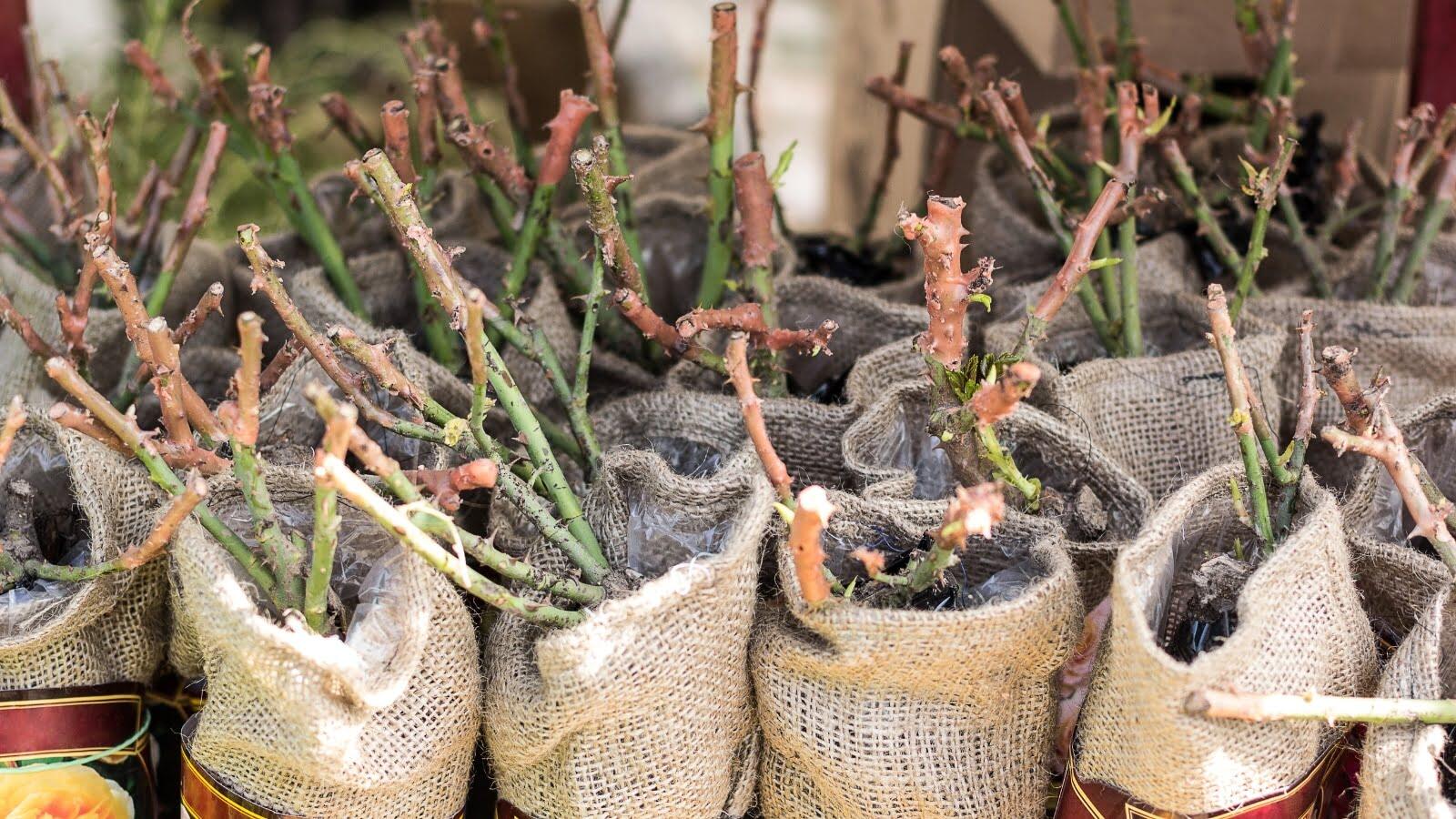
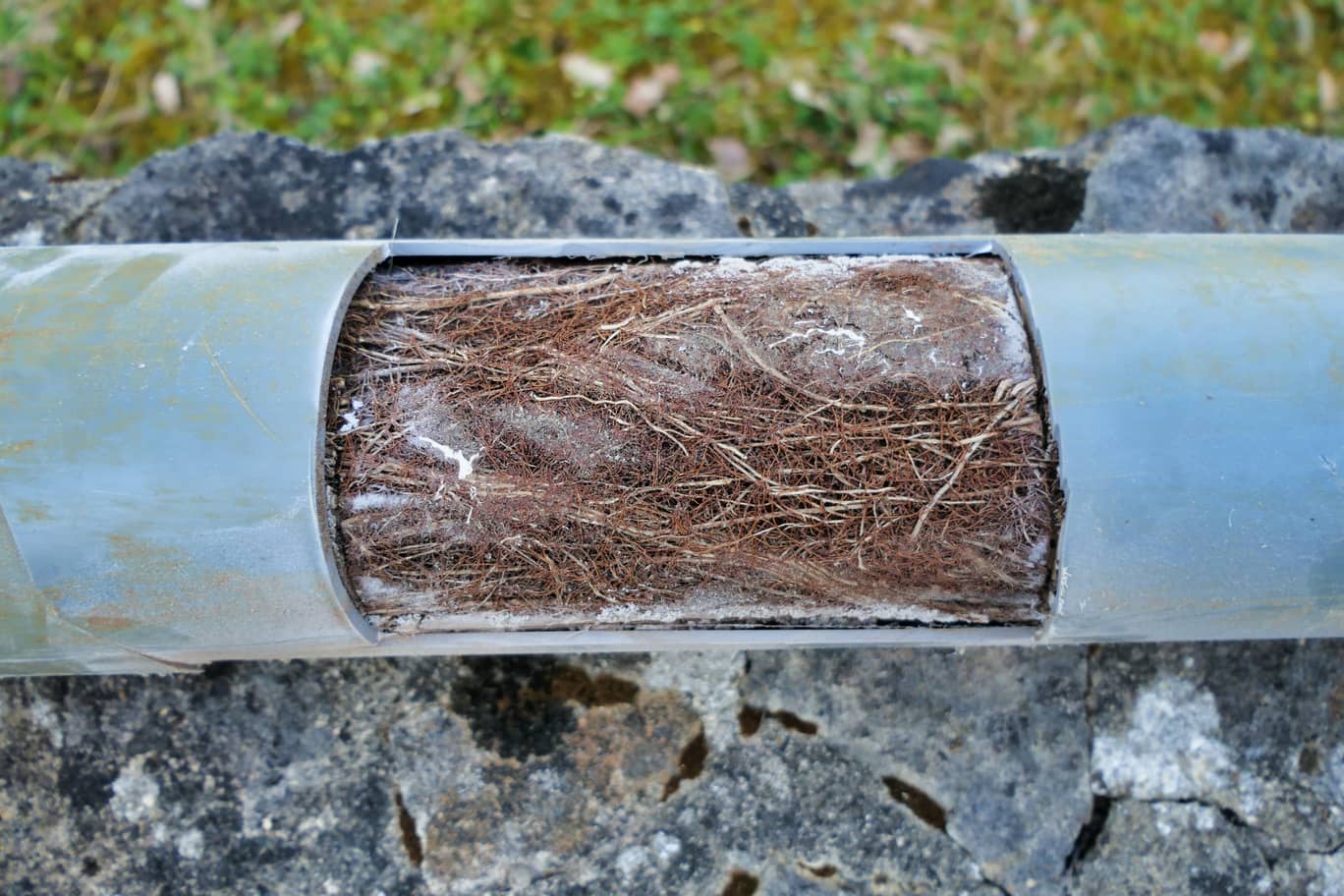

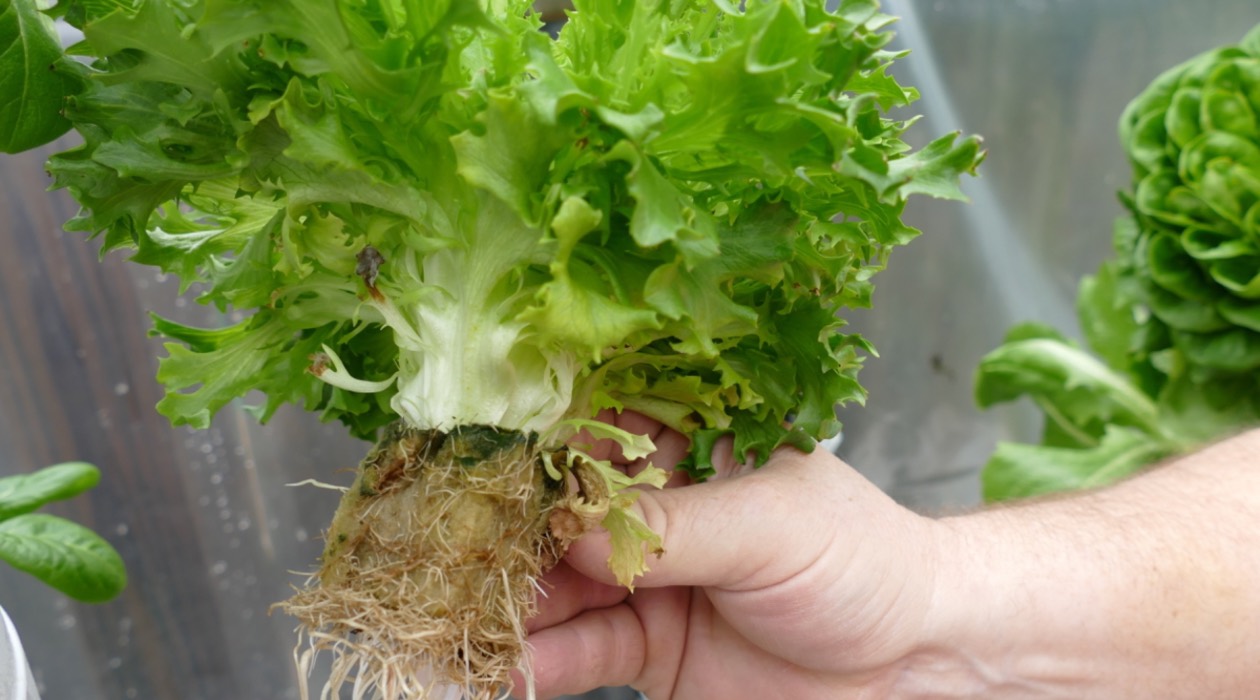
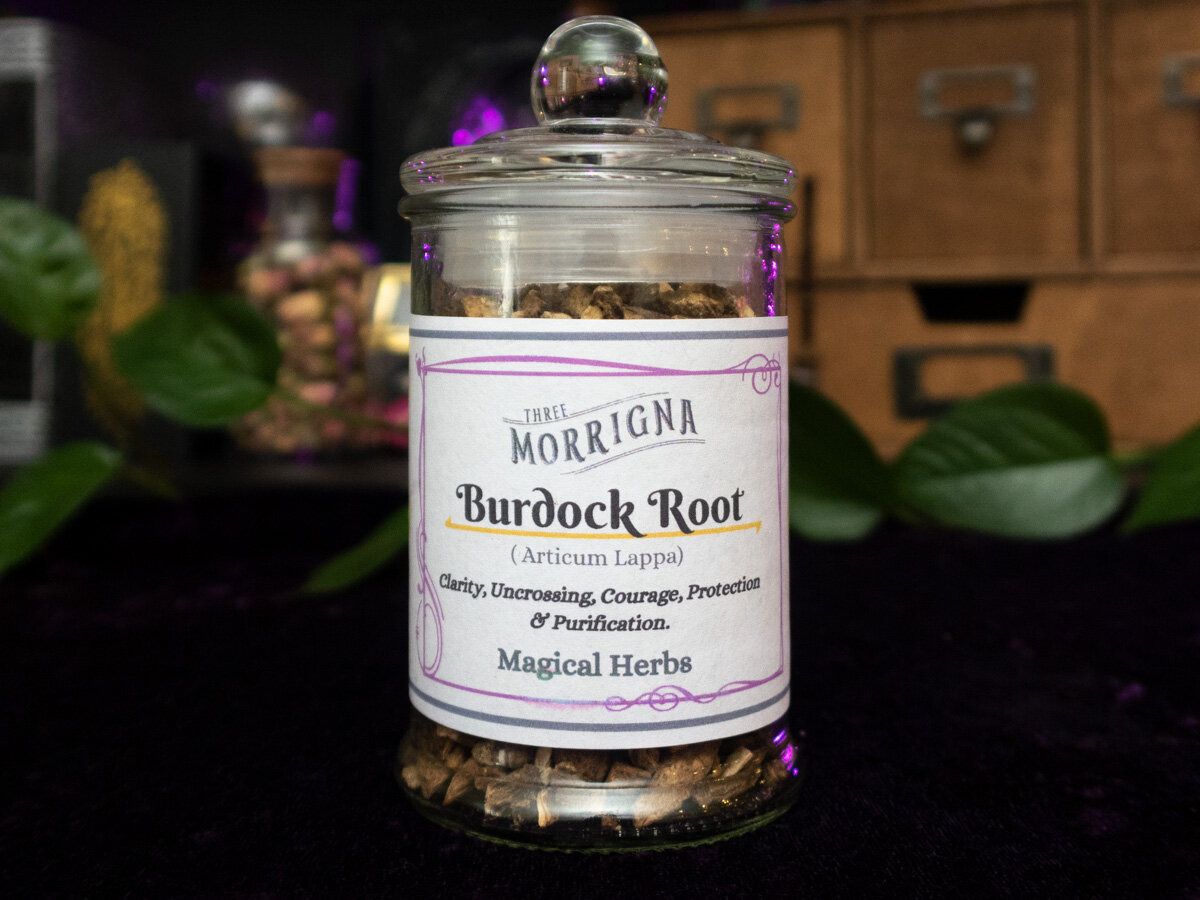
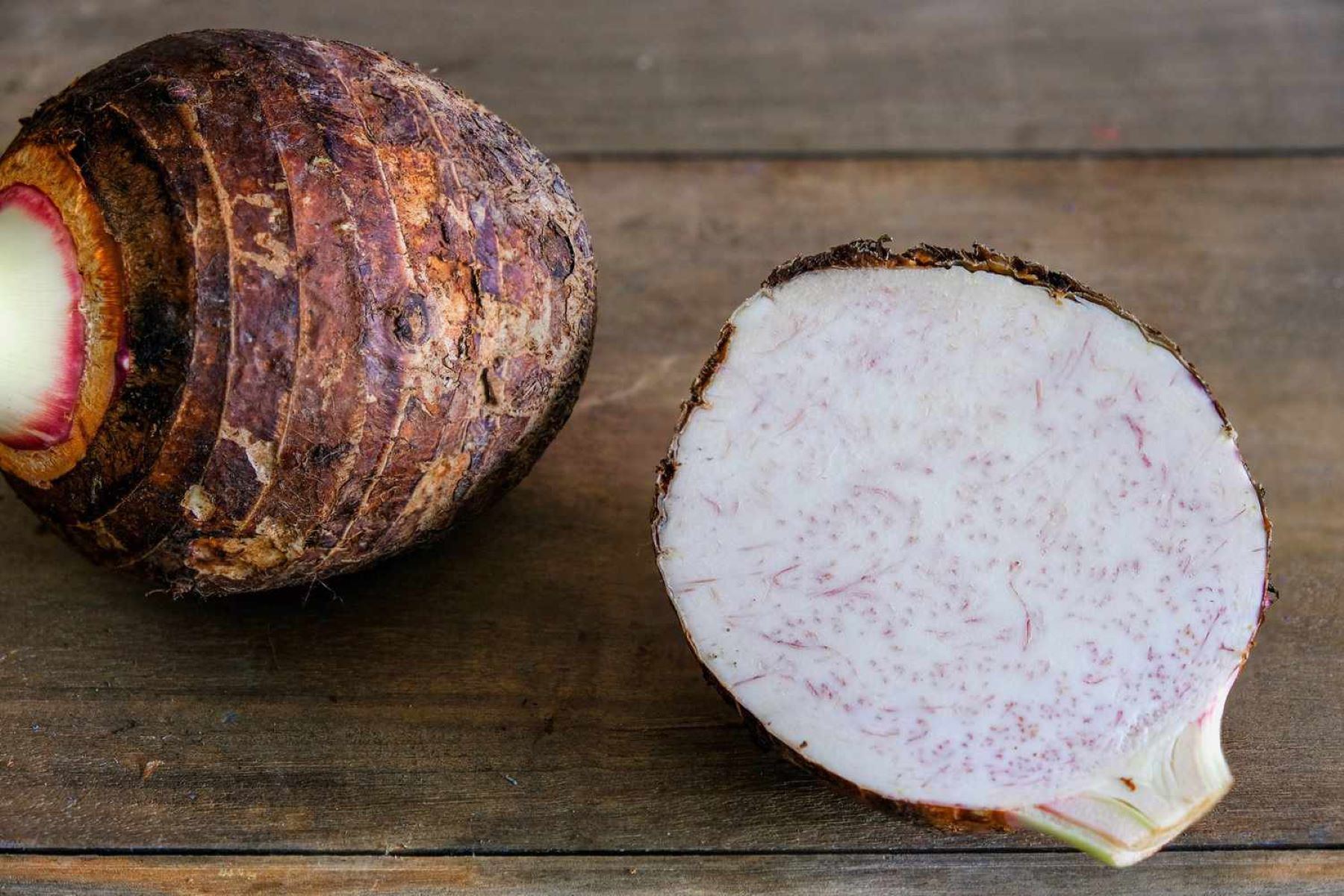
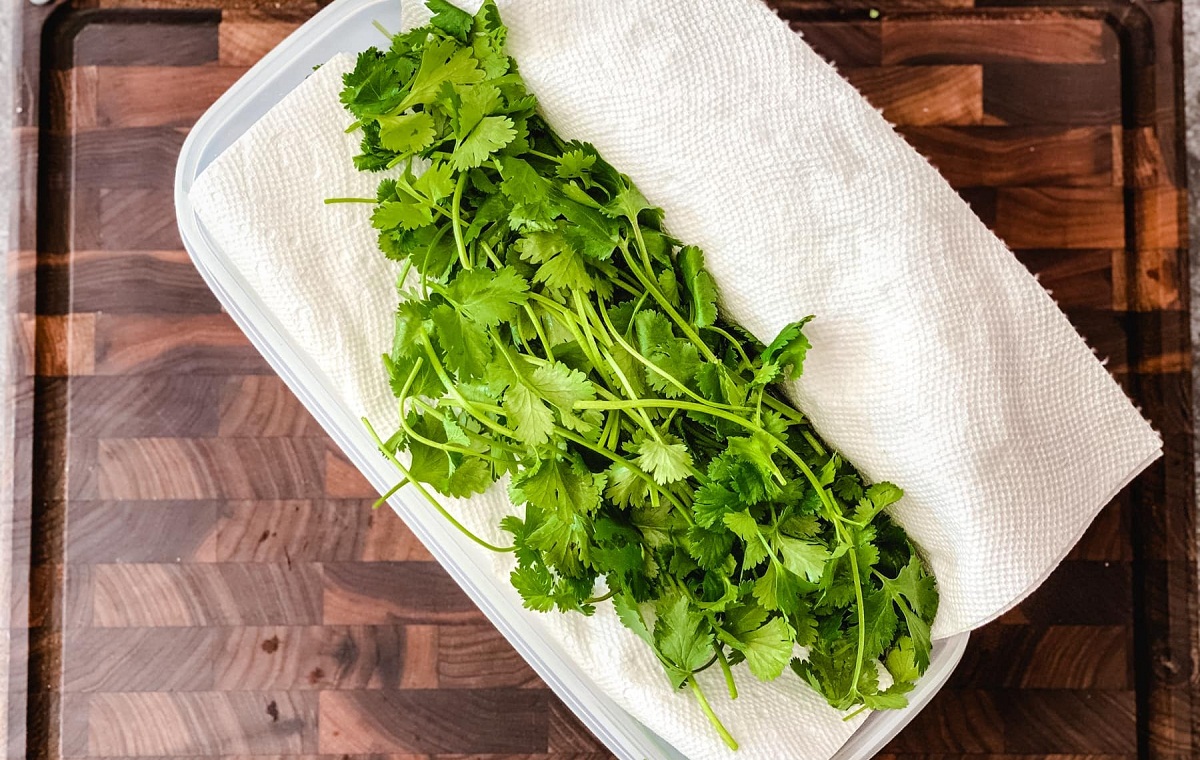
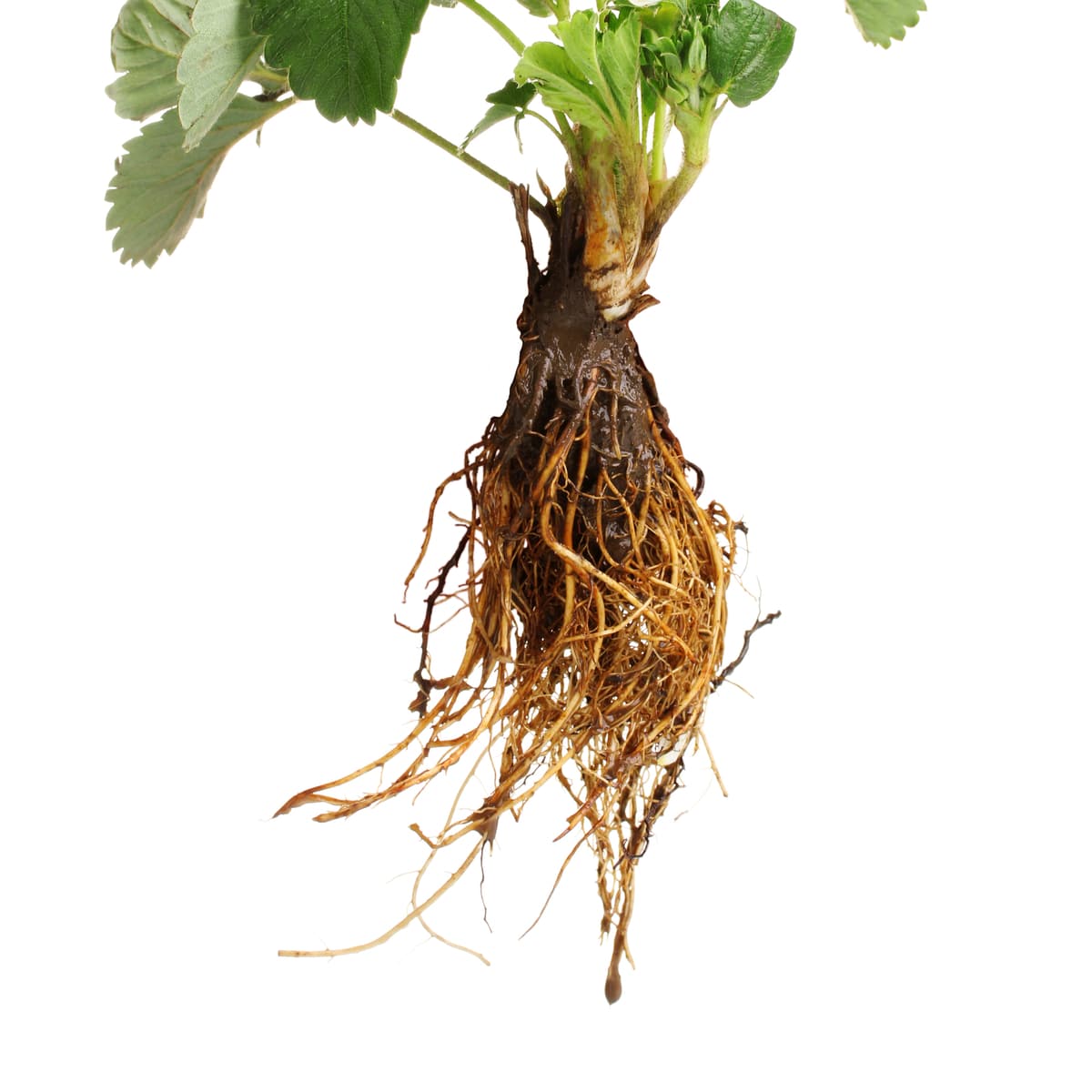
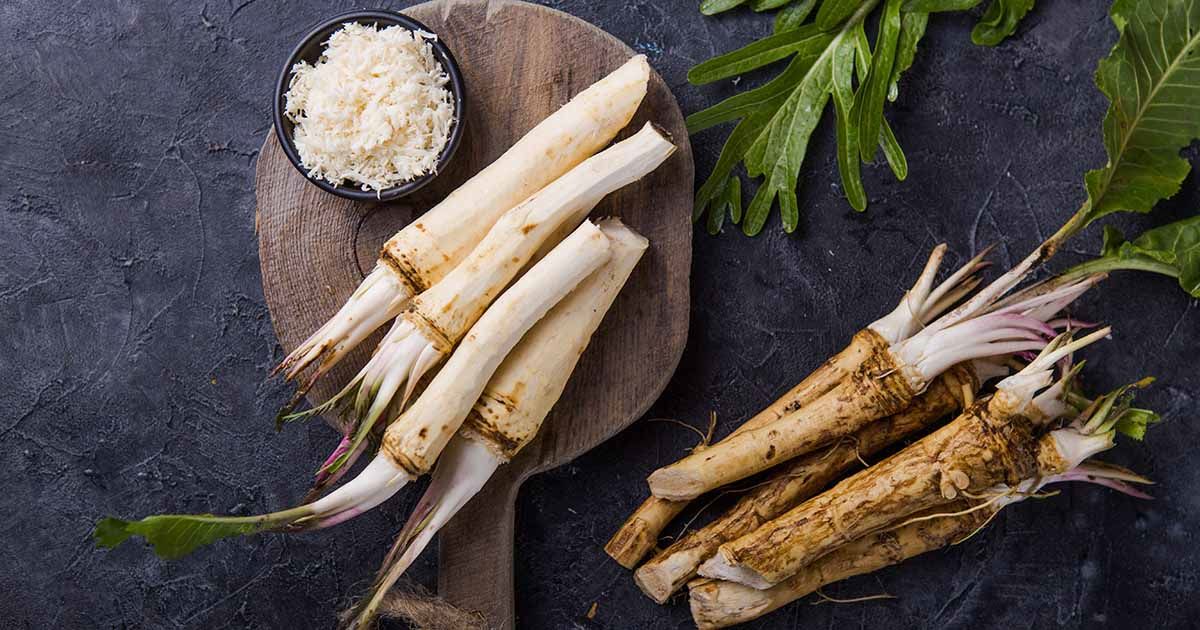
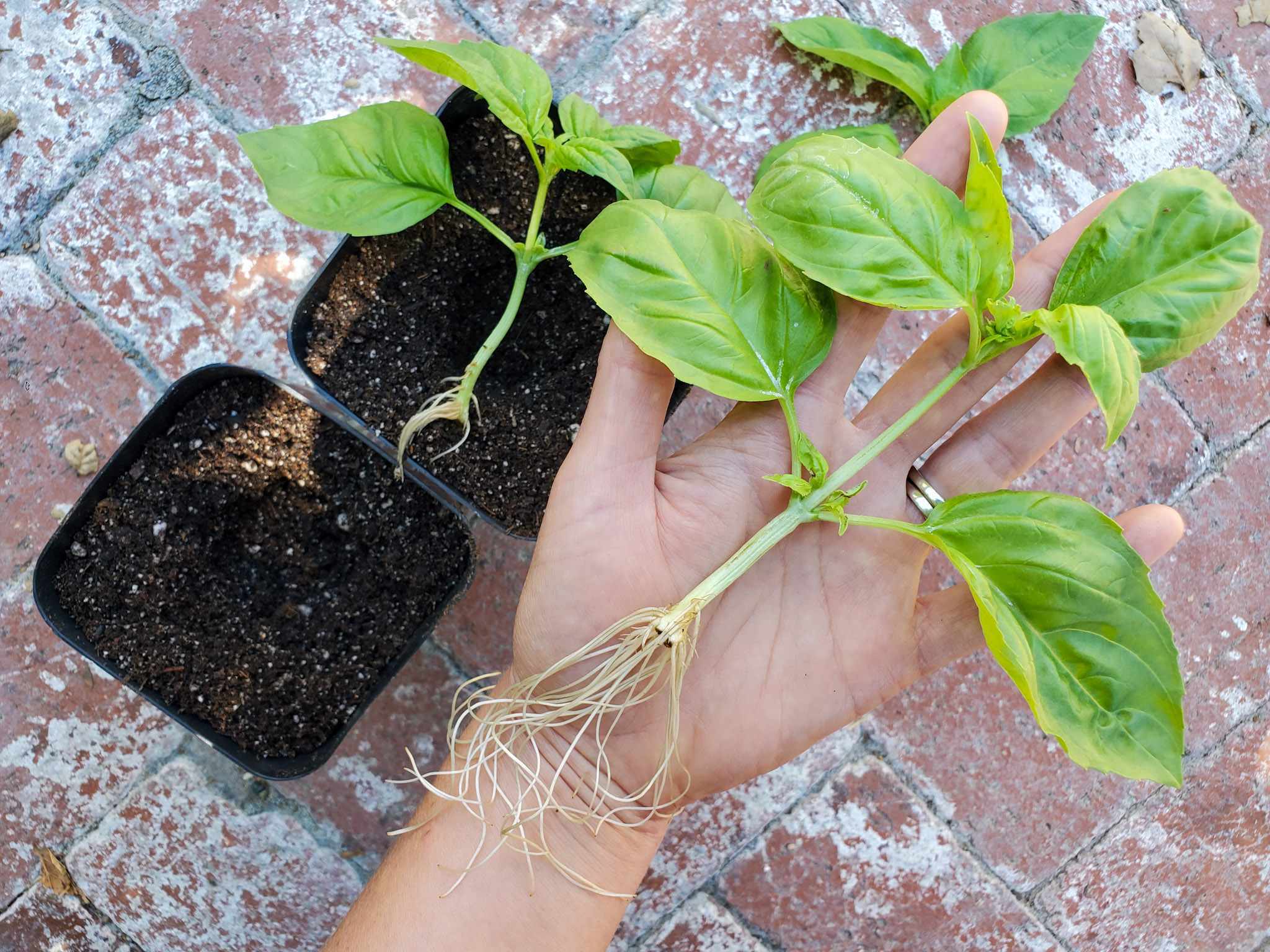
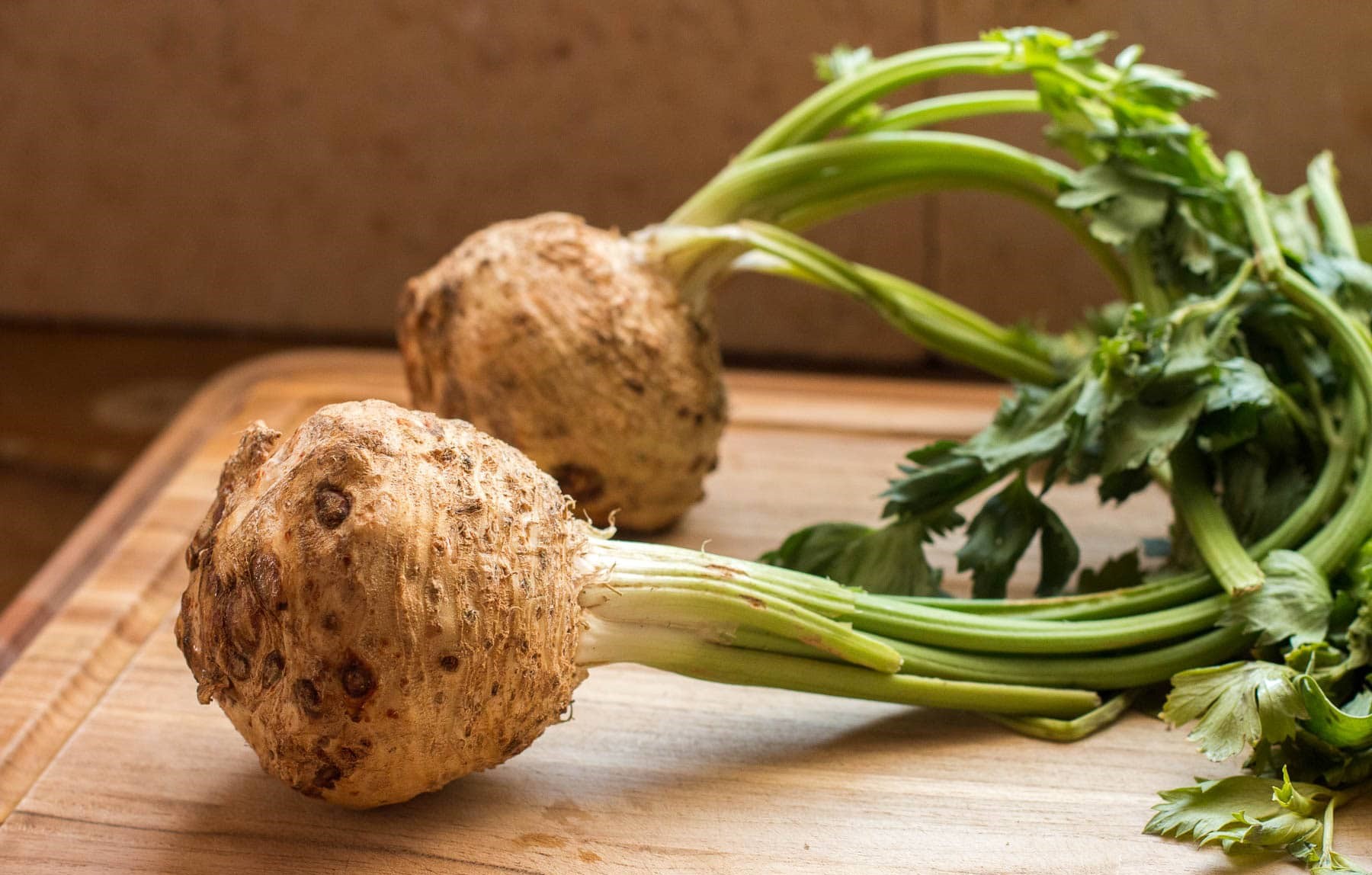
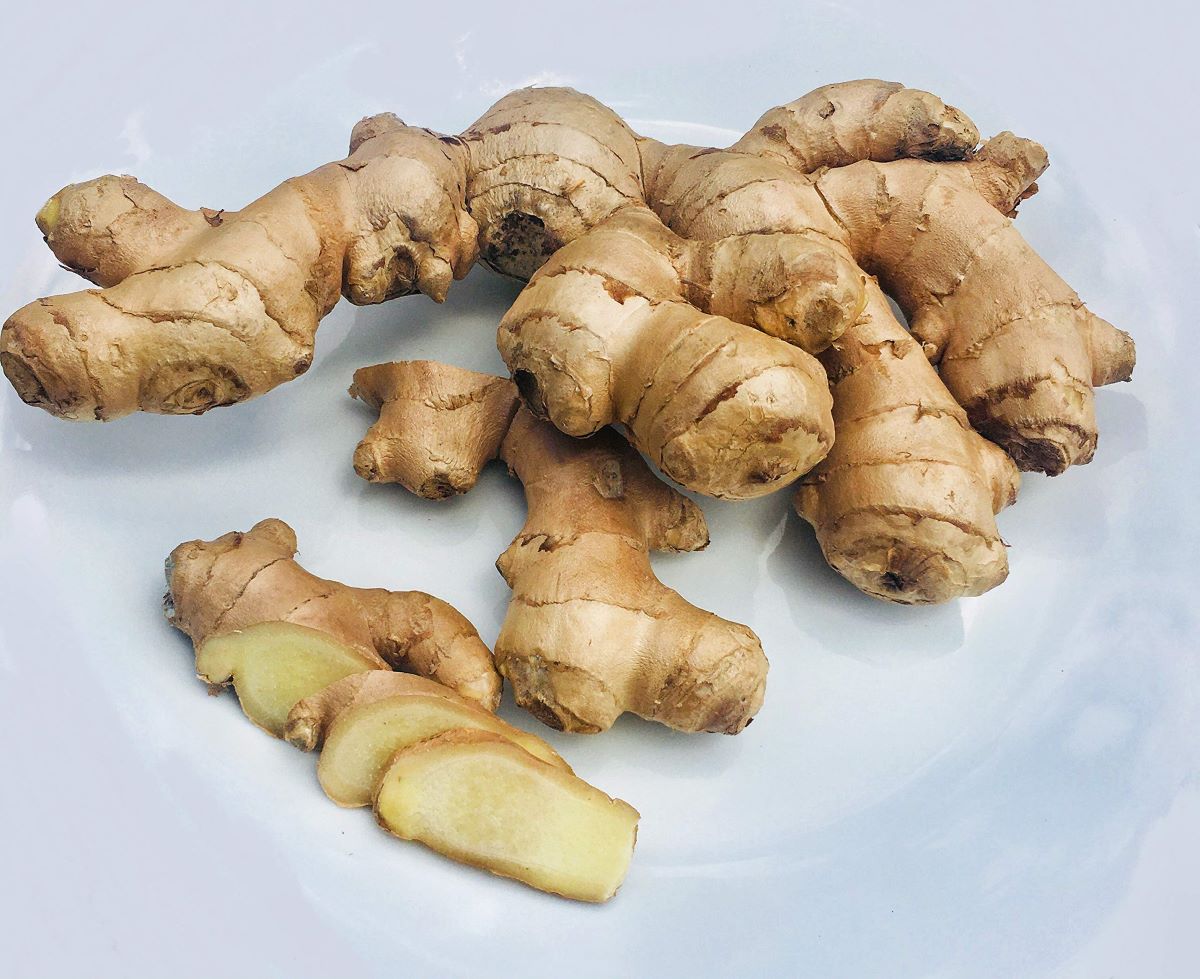


0 thoughts on “How To Store Bare Root Trees”